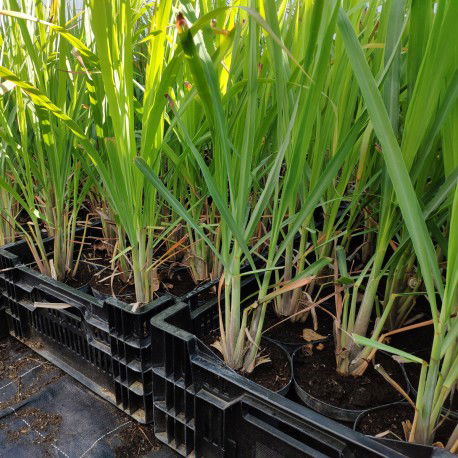Optimization of extraction conditions of phenolic compounds from Cymbopogon citratus and evaluation of phenolics and aroma profiles of extract (2021)

Abstract:
Decoction extraction procedure was implemented to regain phenolic compounds from C. citratus leaves. The extraction variables, solid/liquid ratio (2–5 g/100 mL), temperature (85–95 °C), and time (5–10 min) were assessed by central composite design for process optimization. Antioxidant activity (DPPH) and total polyphenol content (TPC) were monitored as responses. The TPC and DPPH were 71.98 ± 0.33 mg GAE/100 mL extract and 80.63 ± 0.49 mg TE/100mL extract respectively under optimal conditions (solid/liquid ratio = 5, temperature = 93.8 °C and time 11.3 min). The evaluation of phenolic compounds and volatile compounds of C. citratus extract at conditions for optimum extraction revealed that caffeic (20.81 ± 0.003 mg/100mL) and syringic acids (18.63 ± 7.390 mg/100mL) were the main phenolic compounds while citral and geraniol were the primary volatile compounds. The results achieved herein suits the potential use of C. citratus extract as natural source of antioxidant and aroma compounds that can be employed in different industrial sectors.
Practical application
Lemongrass obtained at the optimal extraction conditions is a good source of antioxidants and the extract has organic acids and a lemon scent due to the presence of citral. This extract can thereby be incorporated in the production of beverages which can help aromatize the beverage and also contribute in the addition of the antioxidant property of the beverage. It is also rich in organic acids, the main being propionic acid, which is known to have antimicrobial activity primarily against bacteria and mold. The lemongrass extract can therefore, extend the shelf life of the beverage they are incorporated in and also the citral present in lemongrass has antimicrobial properties.


